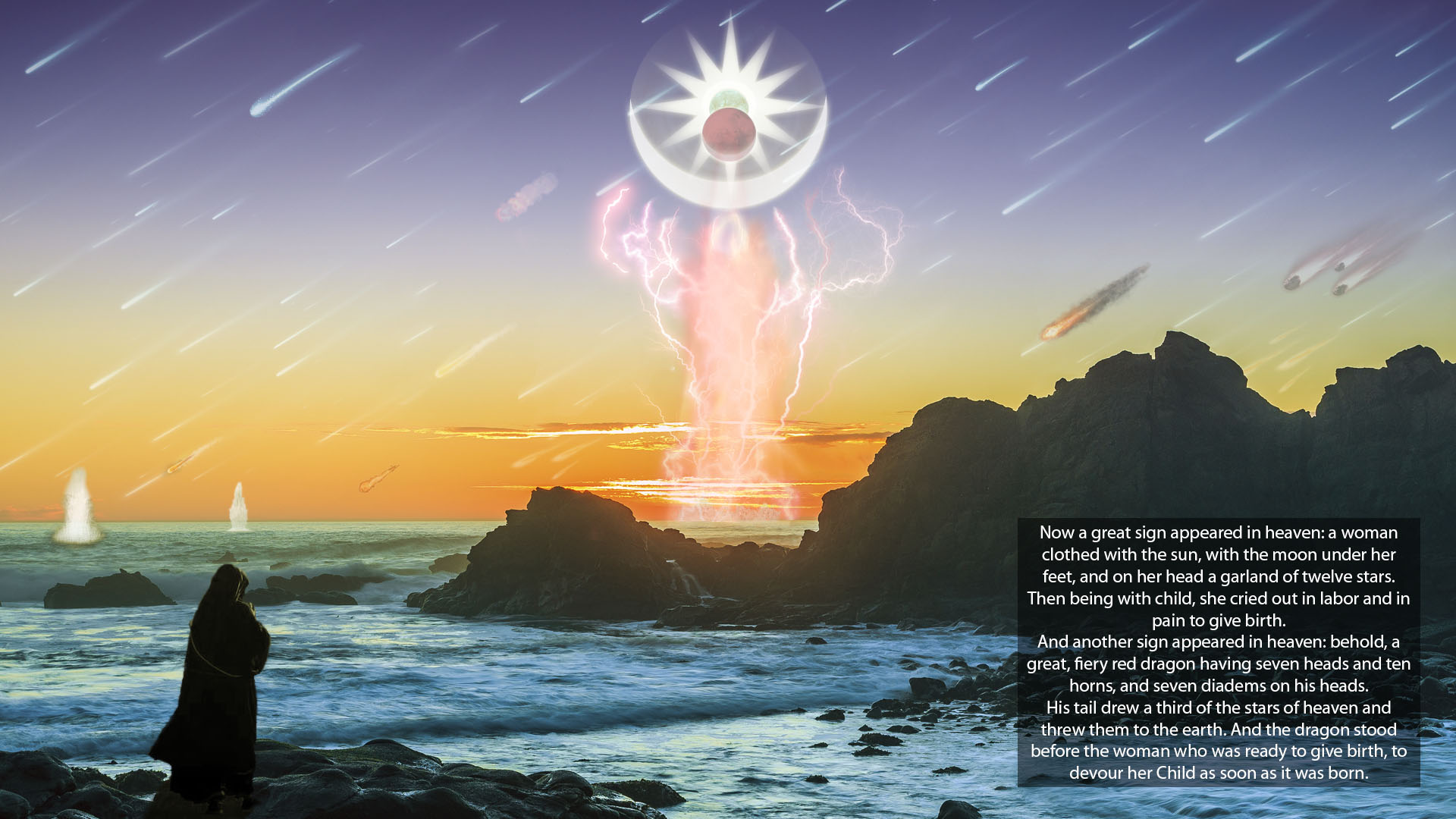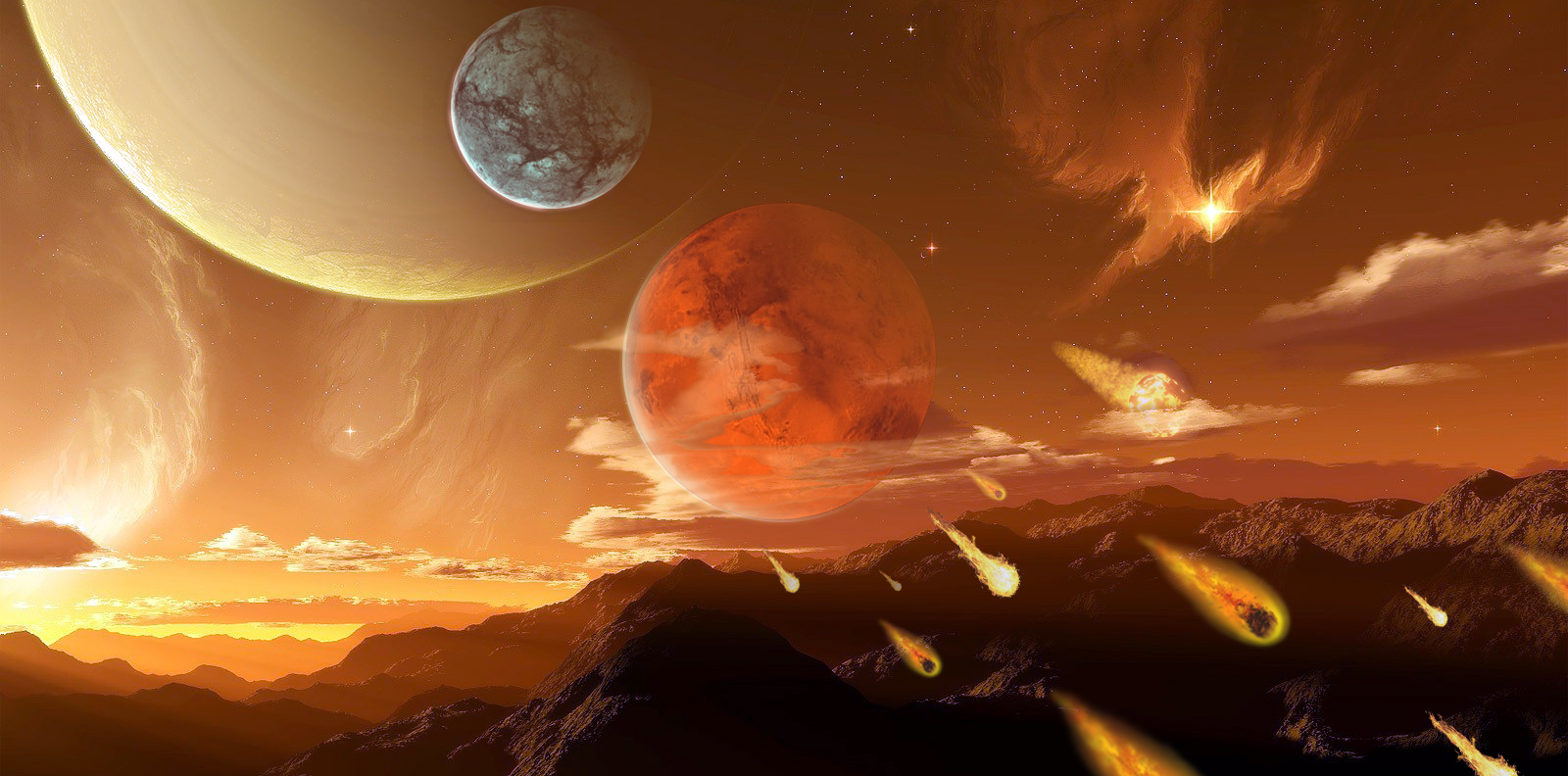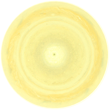
An Introduction to Revelation: The One Vision
The book of Revelation is one of the most fascinating books ever written. For 2000 years, man has tried to interpret it with no real surety of their interpretation being correct. Joseph Smith said it was the plainest book to understand. What key did he know of that would make such a seemingly complex book so simple to understand? The answer is simply to understand ancient cosmic imagery.








